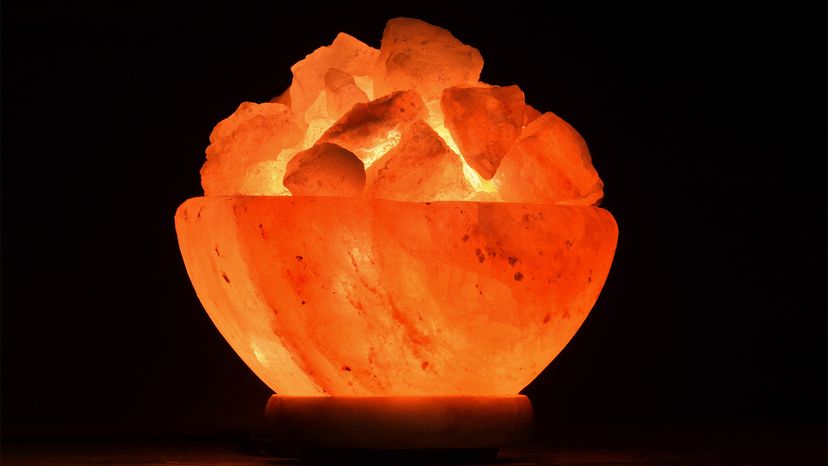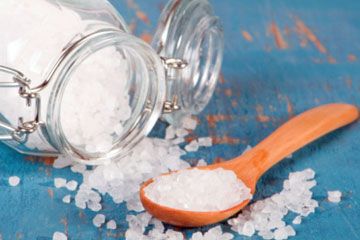
Himalayan salt lamps — those chunks of pink crystalline salt mounted on wooden bases, illuminated from within by a tiny light bulb — can really set a mood. You want to establish a cozy, peaceful, love-of-nature vibe in your living room? Do you want an inexpensive, indirect light source, not really bright enough to read by, but soft enough to suffuse your room with a flattering pink glow? Yes? Well, the Himalayan salt lamp might be right up your alley!
You may have heard that these lamps have various healing powers. It's important to note, no major studies have tested whether salt lamps can affect our health or localized air quality, but according to assorted internet sources (mostly vendors), they can relieve depression and anxiety, as well as purify the air in your home. Which is a tall order for a hunk of salt containing a single 25-watt light bulb. So can it deliver?
Advertisement
One of the main scientific-sounding claims about salt lamps is that they produce negative ions, which can boost our mood. There's about a century's worth of peer-reviewed research out there about the psychological and biological effects of ions, and some of it supports the idea that negative ions relieve stress and anxiety.
Which makes sense when you think about it: Ions are made in high-energy situations, usually involving water. You can find them in great numbers beside waterfalls, at the beach where waves are crashing or in a lightning storm — all patently exhilarating environments. An ion is just an atom or molecule that has either gained or lost an electron, giving it an overall negative or positive charge as a result. Some ions are also made by the natural radioactivity of Earth and by cosmic rays that constantly bombard our planet from space. But the interior of your house is ion-poor — since negatively and positively charged ions attract each other, positive and negative ions will usually just team up inside your apartment to form a neutral molecule.
So, does a salt lamp create enough energy to ionize chloride molecules in the comfort of your home? Unfortunately, no: In order to ionize the salt crystals, the lamp would have to heat up to around 1500 F (816 C). However, there are minerals — like tourmaline, for instance — that could produce a bunch of ions if warmed up by a tiny little light bulb, but a tourmaline lamp would be astronomically expensive, so we don't do that.
And, unfortunately, the other thing salt lamps aren't hot enough to do is purify the air in your home. The idea is that the warmth of the lamp would attract ambient water vapor, vacuuming the pollutants out of the air and sticking them to the lamp. It's a great idea, but that beautiful hunk of rock is too cool to purify the air effectively. It's probably best at just sitting on your bedside table looking mystical. Enjoy it!
Note: While Himalayan salt lamps are not toxic to humans (well, of course, common sense says don't eat one), cats will lick them and the salt is highly toxic to felines and other small animals. So, just make sure your salt lamp stays out of the reach of little Whiskers (and, why not, Fido too), and it will be perfectly safe.
Advertisement

